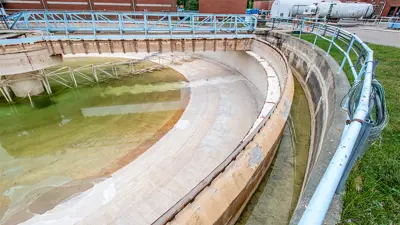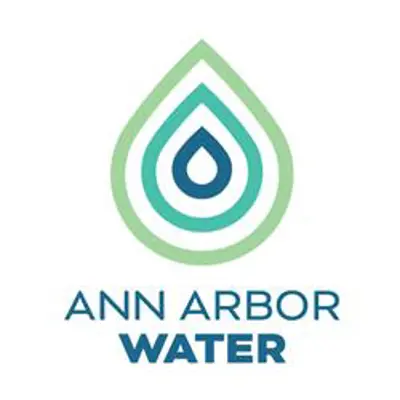Flooding can be a serious threat to homes, neighborhoods, and infrastructure—but in Ann Arbor, we take proactive steps to reduce flood risk and improve community resilience. While national regulations set a baseline, the city and the State of Michigan go above and beyond those minimum standards to help keep residents and property safe.
What’s the National Standard?
The National Flood Insurance Program (NFIP) allows new construction in floodways (the area where water flows deepest and fastest during a flood), as long as the project doesn’t cause an increase in flood height during a 100-year flood (also called the 1% annual chance flood).
Ann Arbor Holds the Line—Higher
Ann Arbor, like the State of Michigan, sets stronger protections. New residential development is not allowed in the floodway—because no one should be sleeping in the path of dangerous floodwaters. Although older homes still exist in some floodway areas, current policy prevents adding new residential buildings in these high-risk zones.
How Ann Arbor Prepares for Flooding
Here are just a few of the ways Ann Arbor is building a safer, more flood-resilient future:
- No new homes in the floodway: The City prohibits new residential construction in the most flood-prone areas.
- Building higher: New structures must have their lowest floor at least 1 foot above the 500-year flood elevation, ensuring they're more protected from extreme events.
- Community-funded stormwater care: Residents pay a stormwater utility fee based on how much runoff their property contributes to the system. This supports maintenance and improvements across the city.
- Storm prep before the storm hits: When major rain is forecasted, staff prepare the stormwater system to reduce the risk of localized flooding.
- Annual outreach: The city shares floodplain maps and information to help people understand local flood risks. Check out the maps here: Floodplain Viewer.
- Emergency planning: Ann Arbor has detailed evacuation maps and procedures in case of dam failure—plans that can also be used for other large-scale flood events.
Flood safety takes all of us—from engineers and planners to homeowners and renters. With smarter building rules, active maintenance, and informed residents, Ann Arbor is working to stay ready for whatever the weather brings.



